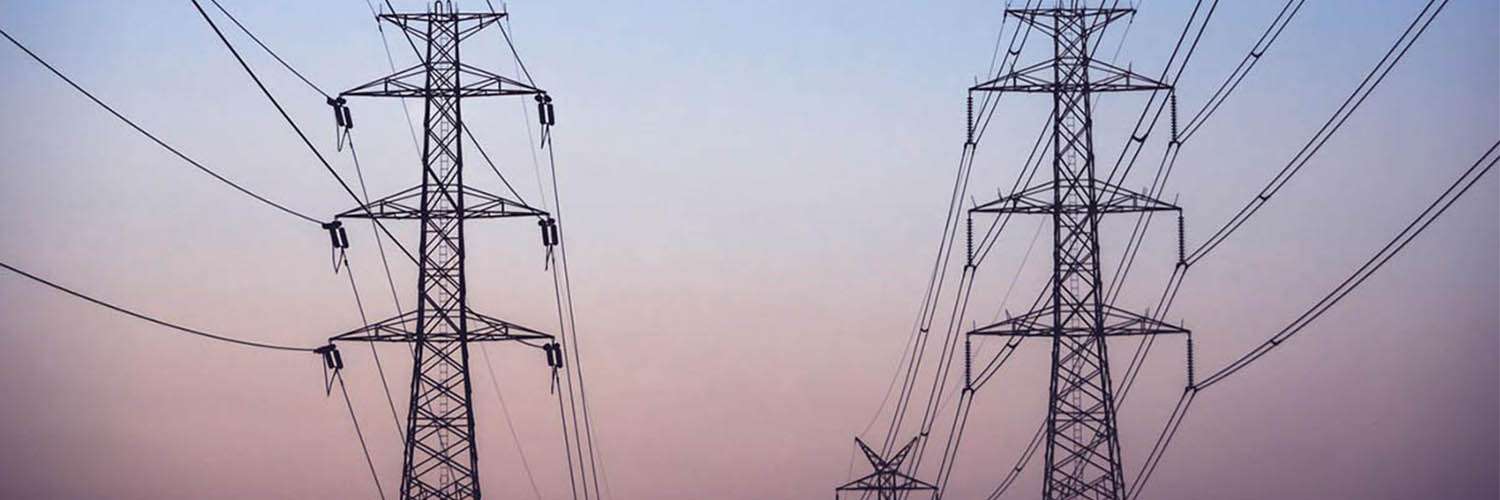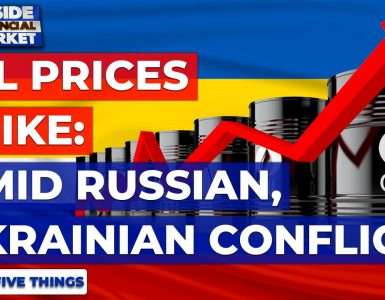ISLAMABAD: In a new record, the National Electric Power Regulatory Authority (Nepra) on Tuesday firmed up charging an additional Rs4.74 per unit fuel cost to consumers for electricity they consumed in October so that ex-Wapda distribution companies (Discos) could mop up additional revenue of Rs60 billion in December.
This was concluded at public hearing presided over by Nepra Chairman Tauseef H. Farooqui at the request of the Central Power Purchasing Agency (CPPA) which demanded that Discos should be allowed to charge Rs4.75 per unit additional fuel cost to consumers to raise Rs61bn next month.
The Nepra case officers pointed out that about Rs1.77bn additional burden was because of violation of economic merit order and Rs1.69bn because of shortage of LNG. A representative of the CPPA explained that power companies had demanded 700 million cubic feet per day of LNG in October but total supplies stood at 606mmcfd.
The move will generate additional revenue of Rs60bn for Discos
Nepra officials reported that furnace oil- based generation was higher at about 11 per cent than just 0.2pc estimated in reference price for October because some coal-based power plants, including Hub Power, were on outage for over six months and hence coal- based generation stood at 15pc of total generation instead of 25pc projected in reference price.
It was reported that adverse generation mix resulted in Rs44bn higher fuel cost than estimated while remaining was on account of higher international fuel prices. Some past claims of Rs5.2bn are also part of the additional fuel cost.
It was noted that power generation was almost 18pc higher in October 2021 against reference estimate and 11pc higher when compared to same month last year. It was, however, unclear if it was normal growth or on account of industrial support package.
Nepra members said if such an increase in fuel cost was because of demand growth for cheap energy supply to industry then reconsideration was urgently required. Nepra decided to look into the issue itself and also asked the CPPA to join hands for such a review because it was a common decision of the government, the regulator and power companies and its fallback should be shared by all as all these institutions were answerable to the people.
The regulator expressed concern that while such a massive increase in fuel cost was going to be borne by the consumers, the power division did not bother to attend the public hearing despite being one of the most important stakeholders.
The regulator also raised questions over non-availability of a major coal plant of 600mw for almost six months. It was still unclear if it was actually caused by lightening as claimed by the sponsors or it was due to manufacturing fault as the government entities reported.
The CPPA explained that in case of the company’s fault, the government could claim much higher damages for non-availability of the plant but then it had to be proved legally based on solid technical grounds and economic losses. Also, lower liquidity damages could be recovered from the power plant for normal unavailability but the sponsors of the plant tend to declare it as force majeure to avoid even liquidity damages.
Members of the regulator expressed concern over violation of merit order, shortage of LNG and continuous outage of coal power plants and questioned why the power division had resisted much cheaper 12 renewable energy projects entailing average generation tariff of 3.5-3.7 cents or about Rs6per unit.
The hearing was told that the share of inexpensive hydropower in overall power generation had been slightly lower than estimated but the increase in the prices of imported fuels – coal, LNG and furnace oil – had necessitated additional burden on consumers.
On behalf of all ex-Wapda Discos, the CPPA claimed that the Discos had charged a reference fuel cost of Rs5.173 per unit to consumers in October, but the actual fuel cost turned out to be Rs9.93 per unit, up 58pc, hence an additional cost of Rs4.75 per unit should be charged to consumers. After some adjustments, Nepra worked out additional fuel cost of Rs4.74per unit and would notify it in a couple of days.
The higher electricity rates, on notification by the regulator, would be recovered from all consumers in the coming billing month – December, except those using less than 50 units per month.
The share of hydropower supply stood at 23.26pc in October instead of 25.48pc estimated in reference tariff. However, hydropower was significantly lower than 36.24pc in September, 35pc in August and had no fuel cost. On the other hand, LNG-based power contribution stood at 23.93pc in October against 25.4pc estimated. It was, however, higher than 18.9pc in September and 18pc in August.
The CPPA reported that total energy generation from all sources in October stood at 11,296 gigawatt hour (GWh) at a cost of Rs105.06bn or Rs9.3 per unit. Of this, about 10,98 GWh were delivered to the Discos at Rs109bn, at an average rate of Rs9.93 per unit.
The generation from furnace oil-based plants stood at 11pc in October against 7.1pc in September and 10.12pc in August. The share of RLNG-based power generation to the national grid stood about 24pc in October against 19pc in September and 18pc in August. The share of local gas-based generation slightly increased to 9.67pc in October against 8.9pc in September and 8.17pc in August.
On the other hand, the share of nuclear power increased to 12.33pc in October against 9.13pc in September and 10pc in August.










Add comment